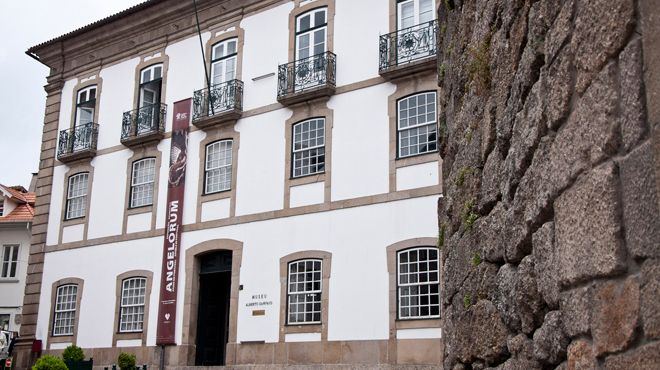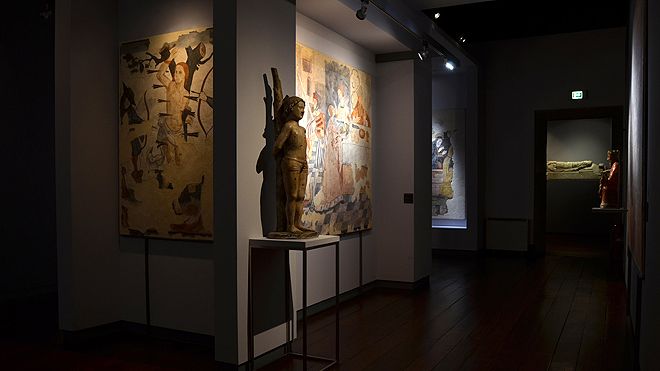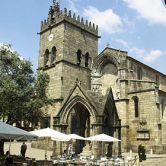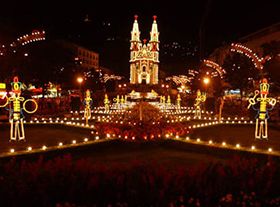Museu de Alberto Sampaio

Museums and Palaces
The Alberto Sampaio Museum was founded in 1928 to house the art and other objects belonging to the former Collegiate Church of Nossa Senhora da Oliveira and other churches and convents in Guimarães. It is situated in the heart of the old historic centre of the city, which has been classified as World Heritage, on the site where the Countess Mumadona ordered the construction of a monastery in the 10th century.
The museum is housed in three areas that once belonged to the Collegiate Church of Nossa Senhora da Oliveira: the Chapter House, the Cloister and the Priory. The Cloister is an unusual example of Portuguese architecture, both in the way it was constructed around the apse of the church and its irregular shape.
The Alberto Sampaio Museum contains collections of great interest. Of particular note is the sculpture composed of statues from the 13th to the 18th century, made from both limestone and wood. In the collection of woodcarvings, the 17th-century altarpiece that belonged to the Brotherhood of St. Peter and the baroque supports from the church of the Convent of Santa Clara are particularly outstanding. Painting is represented by some remarkable frescoes and painted panels. The display of ceramics is composed of tiles and faience. The textile section is composed of ecclesiastical vestments and an important collection of samples of different cloths.
One of the museum’s most famous pieces is the tunic worn by Dom João I at the Battle of Aljubarrota. Finally, amongst the varied collection of gold and silverware, attention is drawn to the treasury of Nossa Senhora da Oliveira: a series of liturgical instruments (chalices, patens, monstrances, crosses and reliquaries) dating from the 12th to the 19th century.
4810-251 Guimarães
Tuesday to Sunday: 10.00am - 6pm (last ticket 5.45 p.m.) ;
Closed: Mondays, 1 January, Easter, 1 May, 25 December
- Total
- Partial
- Partial
- Shop
- Toilets
- Information panels
- Visual impairment
















 Explore
Explore 
 Remember and Share
Remember and Share 


